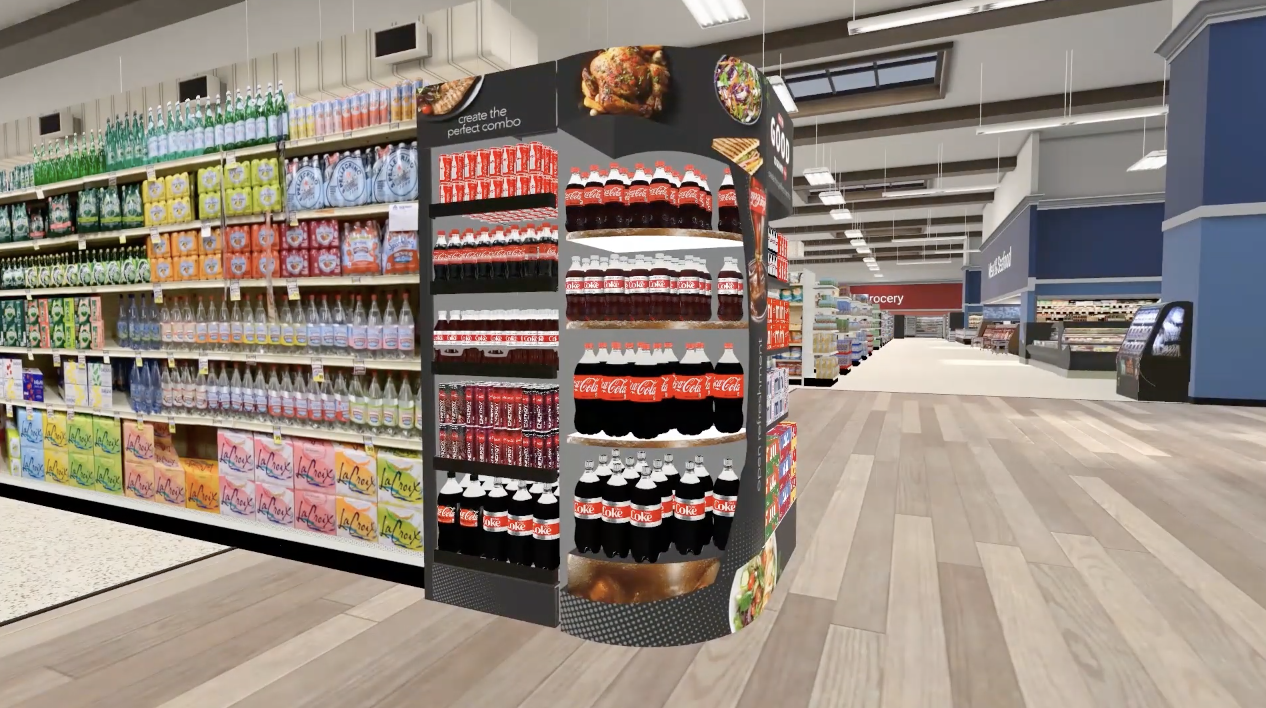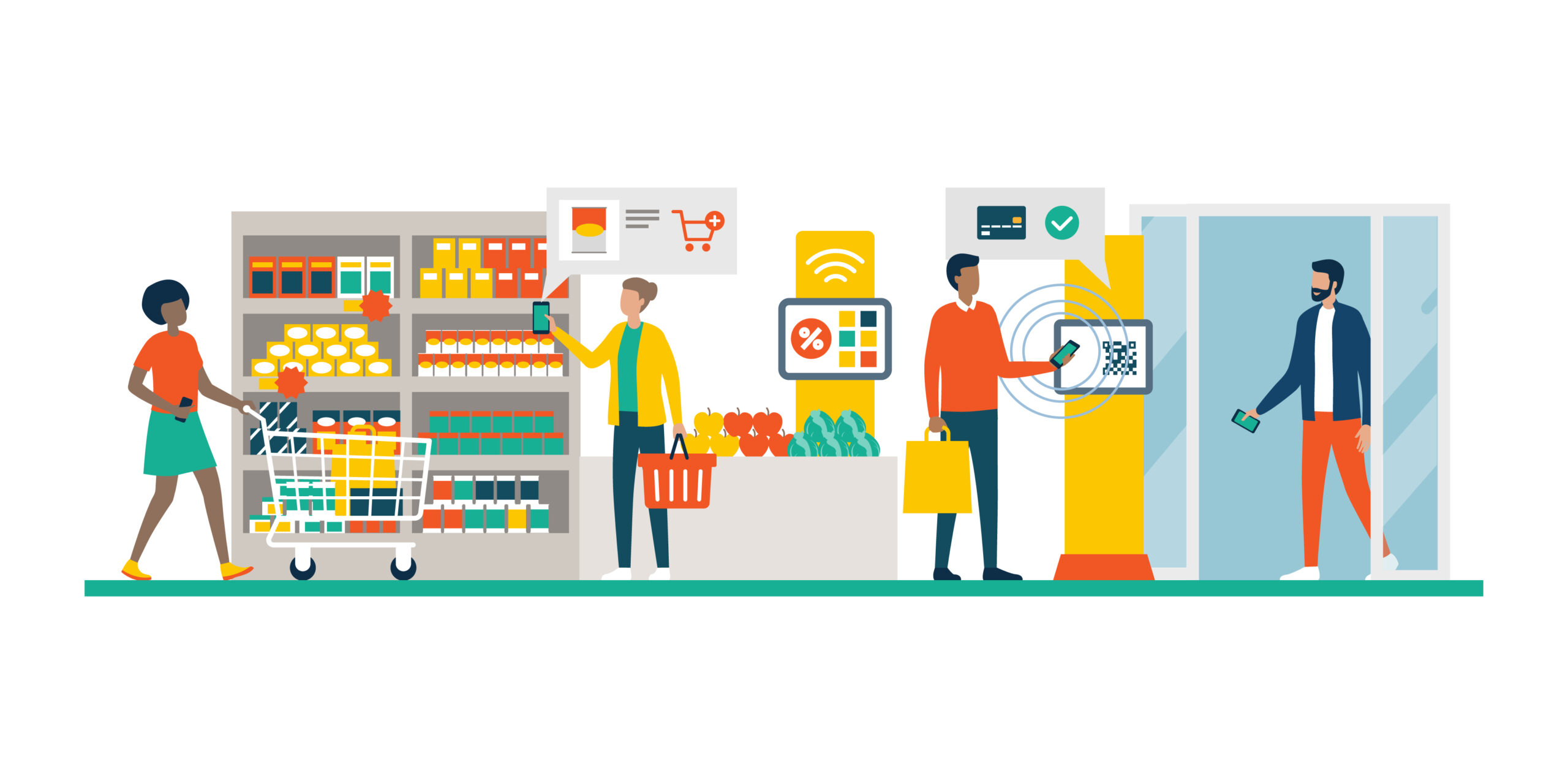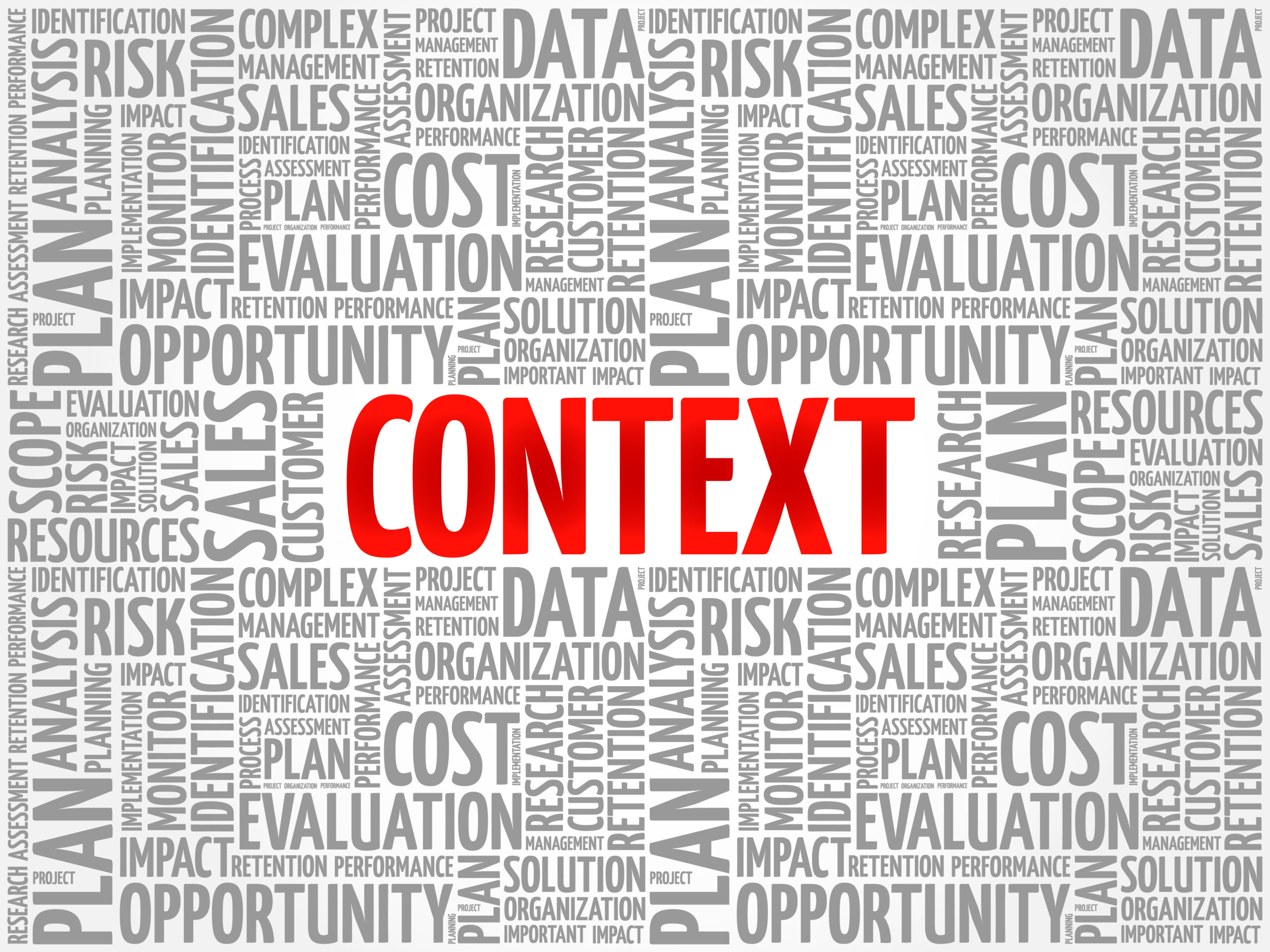We’re often asked about our recommendations when it comes to implementing virtual capabilities and solutions into a go-to-market strategy. There are many different use-cases for virtual simulations, so we want to make it as easy as possible to understand how virtual can work best for our customers.
Retail and brand teams that are tasked with creating the best shopping experience for their targeted customers often need to design new planogram concepts. There are a few common ways 3D retail simulations can help. Here are the top 5 uses for virtual we always recommend when changing up POGs:
 Aisle flow
Aisle flow
It’s imperative that customers be able to easily navigate store aisles. Virtual simulations enable you to visualize, move and place 3D shelf segments to improve aisle shoppability, and then test it out with real shoppers. You’ll understand what layout fairs best without compromising in other areas of the store.
 Brand placement
Brand placement
Maximize sales for key brands by testing different arrangements on the shelf. This is a quick and powerful way to learn how to place items on your shelf before setting it up in a physical store. You’re able to see exactly what the shoppers will see, and understand why they behave the way they do.
 Allocation of facings to address stock out
Allocation of facings to address stock out
On average, retail inventory is accurate only 63% of the time, meaning there’s a big gap in when it comes to managing stock-out. Virtually testing the distribution of product facings as they relate to sales shares can make a big difference in understanding how to best manage inventory for your brand or your store.
 New product placement
New product placement
Virtual testing gives teams the best options for placement of innovation within a set. Should the product be placed within a separate segment or dispersed within brands? With a simple virtual test, we can see how the product would sell in each location to determine if one location is better than another.
 Impact from end-of-aisle
Impact from end-of-aisle
Drawing in new shoppers is an important part of growing a category — and end-of-aisle displays and fixtures is a big part of drawing in those new shoppers. With virtual, you’re able to assess the impact on foot traffic from testing various end-of-aisle concepts, enabling you to learn what is most engaging, what prompts aisle traffic, and what might be falling flat.
If you’re looking to make POG changes, and want to make decisions driven by real-time data, these are just a few of the ways to test with virtual. Curious about testing the effects of seasonal displays or second placements? Virtual can help with that too!
Contact us for help with revamping your go-to-market strategy.




